Winter Common Cold – Symptoms, Cause, Treatment and Prevention
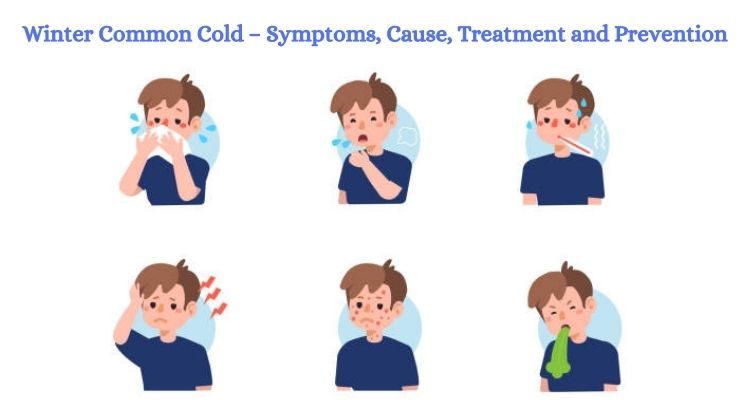
The cold winter weather conjures the thought of a cozy fire, snow, warm blanket, a cup of brewing hot coffee…and the cold & flu.
But how likely are you to get sick in the winter months?
The signs of common cold are pretty obvious – runny nose, stuffiness, scratchy or sore throat and sneezing. In most cases, the early symptoms of common cold can be easily recognized because the health condition is so ordinary. As a matter of fact, healthy adults experience an average of 2 to 3 common colds every year.
The common cold is an infection of the upper respiratory tract, including the nose, mouth, throat and the lungs. According to Dr. William Schaffner, an infectious disease expert at the Vanderbilt University in Tennessee, “The winter season is the time of year when we have more respiratory infections.”
Should you be concerned of common cold during winter? What are the causes and symptoms of a cold? How to prevent a cold in winter and stay healthy? Read on to learn more about winter common cold.
What Causes Common Cold in Winter?
There are several types of viruses that can cause a cold; however, rhinovirus is the most common. The virus may enter your body through your nose, mouth or eyes. It spreads through air droplets when someone having common cold sneezes, coughs or talks.
It can also spread via hand-to-hand contact with a person affected by cold or by using contaminated objects such as towels, eating utensils, telephones or toys. When you touch your nose, mouth or eyes followed by such contaminated contact, you may catch a cold.
While causes of common cold are fairly similar throughout the year, experts suggest that you are more likely to fall ill during winter. According to them, people tend to stay indoor in enclosed spaces in the cold weather. This increases the risk of infection as the virus tends to easily spread in a closed space.
Additionally, cold air can cool the nasal passage and slow down its natural functioning of mucus clearance. Even rhinoviruses – the primary virus causing common cold – live longer and spread more widely in winter temperatures and lower humidity. In low humidity conditions during winter, the moisture surrounding the virus evaporates easily. Hence, the virus tends to remain in the air for a prolonged time.
So, if a person is too close to one who have common cold, then you can easily breathe it in.
Symptoms of Winter Common Cold
Typically, the symptoms of common cold appear 1-3 days after being exposed to a cold-causing virus. The symptoms may vary from one person to another but commonly include:
• Stuffy or runny nose
• Cough
• Sore throat
• Congestion
• Sneezing
• Low-grade fever
• Mild headache or pain in the body
• Feeling unwell or sick
Initially, the mucus you discharge from nose may appear clear but eventually becomes yellow or green and thicker with course of time.
When to See a Doctor?
Generally, the symptoms of common cold are fairly mild and do not need medical attention. However, in severe cases as mentioned below, you should consult a doctor immediately.
For Adults
- Fever higher than 101.3 F (38.5 C) that lasts more than 3 days
- Symptoms that may fail to improve or worsen over time
- Shortness of breath
- Severe headache, sore throat or sinus pain
- Wheezing
For Children
- High fever that lasts more than 2 days
- Fever of 100.4 F (38 C) in new born babies up to 12 weeks
- Wheezing or difficulty breathing
- Severe symptoms like cough, throat pain or headache
- Ear pain
- Lack of appetite
- Unusual drowsiness and fussiness
Treatment for Common Cold in Winter
Common cold is a viral infection and cannot be treated with antibiotics. When you visit a doctor, they will do a chest x-ray to diagnose the severity of cold. An x-ray also helps detect an underlying health condition that may be causing symptoms of cold. You can now book for chest x-ray at home and get professional service at your doorstep. No more visiting a diagnostic centre or hospital; no more waiting in queue for your turn. Everything is performed with high-end expertise and using modern technology.
Based on the diagnosis, a treatment option will be recommended. Typically, treatment of common cold includes over-the-counter (OTC) medications and home remedies. The following OTC medications are commonly prescribed when you have a cold:
- Antihistamines: These medications help ease runny or stuffy nose and also prevent sneezing.
- Decongestants: Decongestants help relieve stuffiness and nasal congestion.
- Pain relievers: These include non-steroidal anti-inflammatory drugs like naproxen, ibuprofen, etc. Pain relievers are prescribed to provide relief from body pain, fever or inflammation.
Often, a combination of these medications are used for treatment of common cold.
How to Prevent Common Cold in Winter?
Staying healthy during winter is of utmost importance to help prevent common cold. Here are some effective home remedies that can keep cold and flu at bay:
• Drink plenty of fluids to stay well hydrated and relieve congestion
• Regularly wash your hands with soap and water to prevent catching a cold
• Avoid touching your eyes, mouth, nose or face with unwashed hands
• Avoid having close contact with people who are sneezing and coughing
• Eat foods rich in good bacteria, including yogurt or probiotic supplements that keep your gust healthy. This can ensure your overall wellbeing and prevent the symptoms of cold.
Winter common cold can be discomforting. However, after 7-10 days, you are likely to start feeling better. However, if symptoms gets worse, consult a doctor and get a chest x-ray done at a reputable diagnostic centre like Star Imaging & Path Lab. We provide chest x-ray at home, ensuring a hassle-free experience at your doorstep.




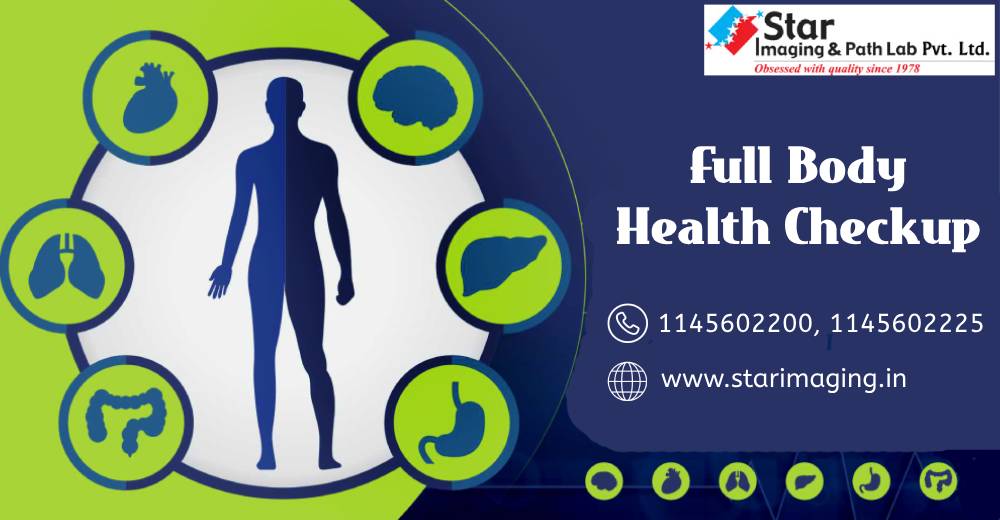
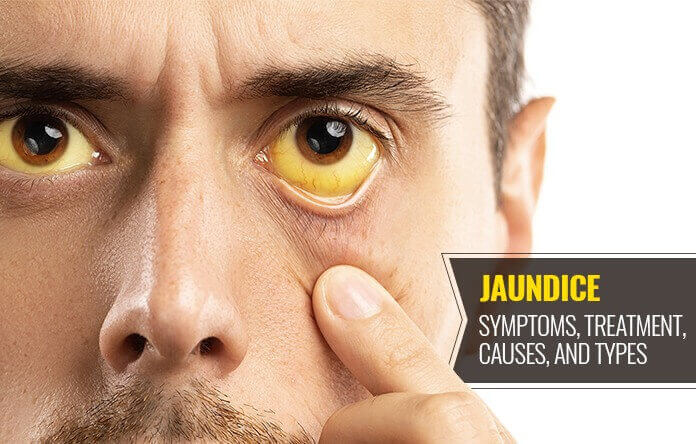
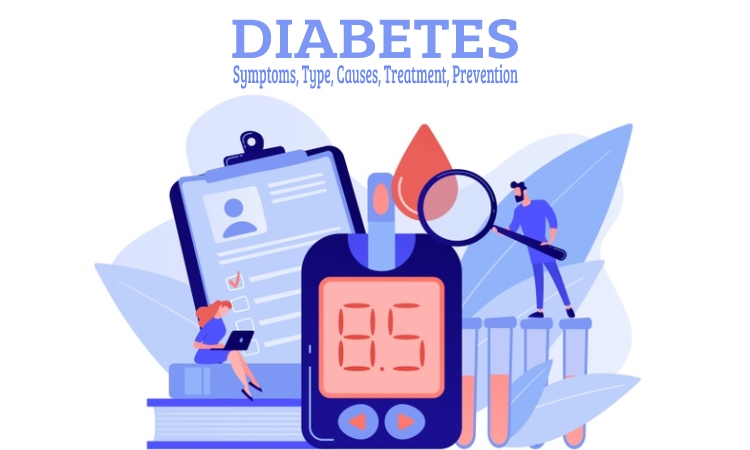

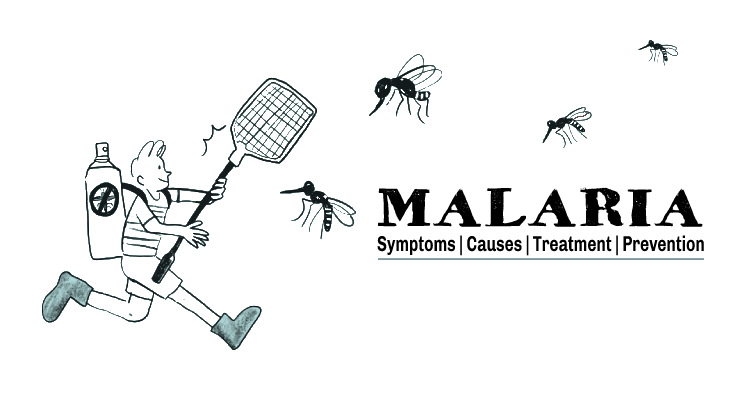
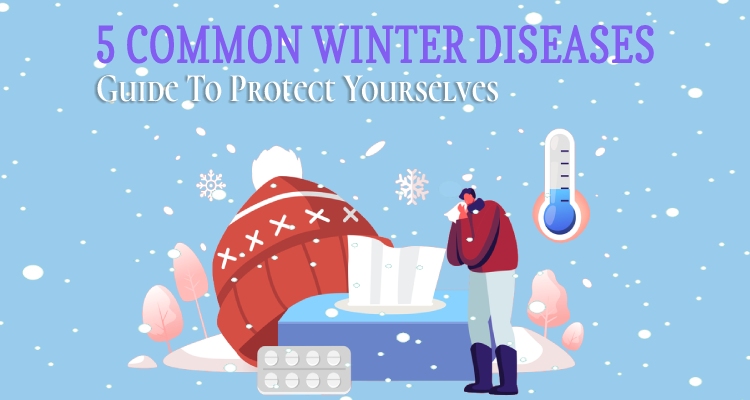
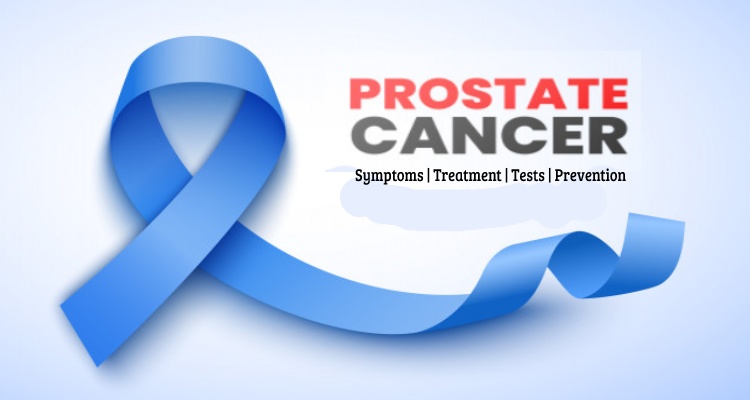
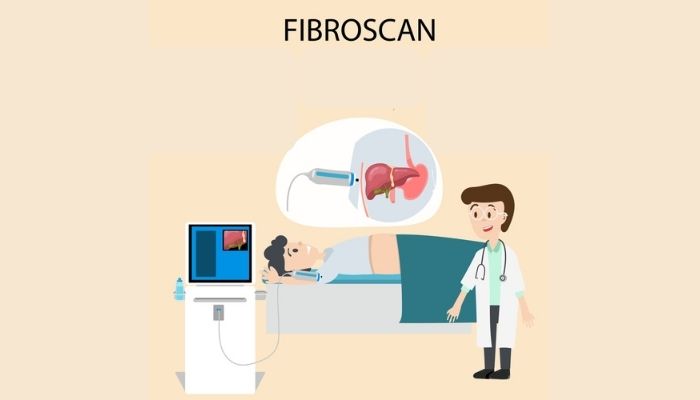
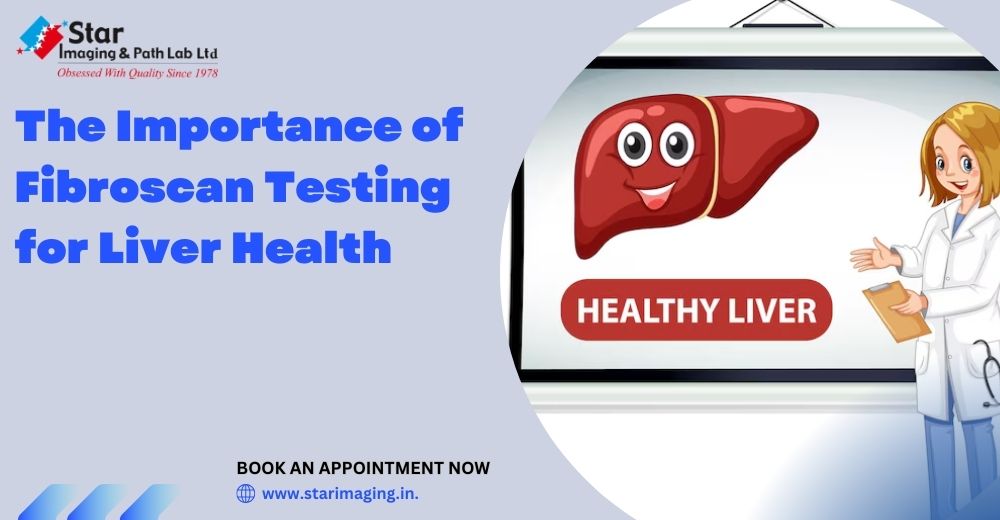
.jpg)
Comments List